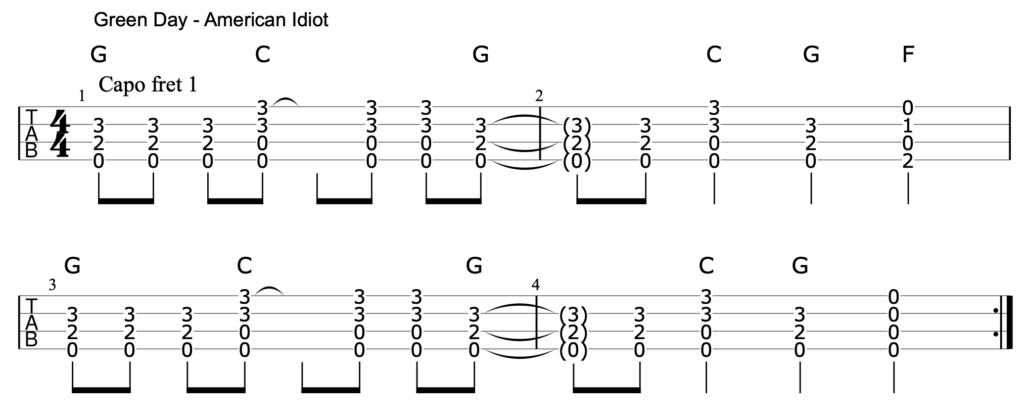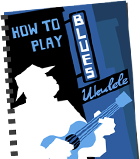On Video
– More evidence against the folks who say that if everyone played the ukulele the world would be a better place as Scott Morrison picks up the uke and makes a knob of himself. Not the only Slytherin uker.
– You can now get your ukulele delivered by drone.
– Kevin Bacon sings a song for a couple of goats (and Tom Brady).
New Releases
– Beirut have put out a retrospective album Artifacts including some old uke favourites and unreleased tracks.
– If you’ve been around here a while, you might remember Uke Hunt favourite Sanfordandsong. He’s back with a new duo The Incidentals. You can listen to and acquire their debut record on Bandcamp.
Window Shopping
– RIGuitars recreate Waylon Jennings’s guitar in uke form.
– KoAloha Koa Octapus.
Patreon
A massive thanks to all Uke Hunt’s Patreon backers for keeping the site up and running. And double thanks go to these legendary patrons of the arts:
– Arthur Foley
– Colleen Petticrew
– Dan
– Elizabeth Beardsley
– Fi Keane
– Izzy Gensel
– Jeff K
– Katherine Penney
– Kelby Green
– Kie77
– Leia-lee Doran
– Lisa Johnson
– Nevylle Carroll
– Nick Parsons
– Olga deSanctis
– Pat Weikle
– Pauline LeBlanc
– Robert
– Thorsten Neff
If you join Patreon at the Concert level or higher, you’ll get access to all previous exclusive tabs including February’s Jeremy by Pearl Jam













